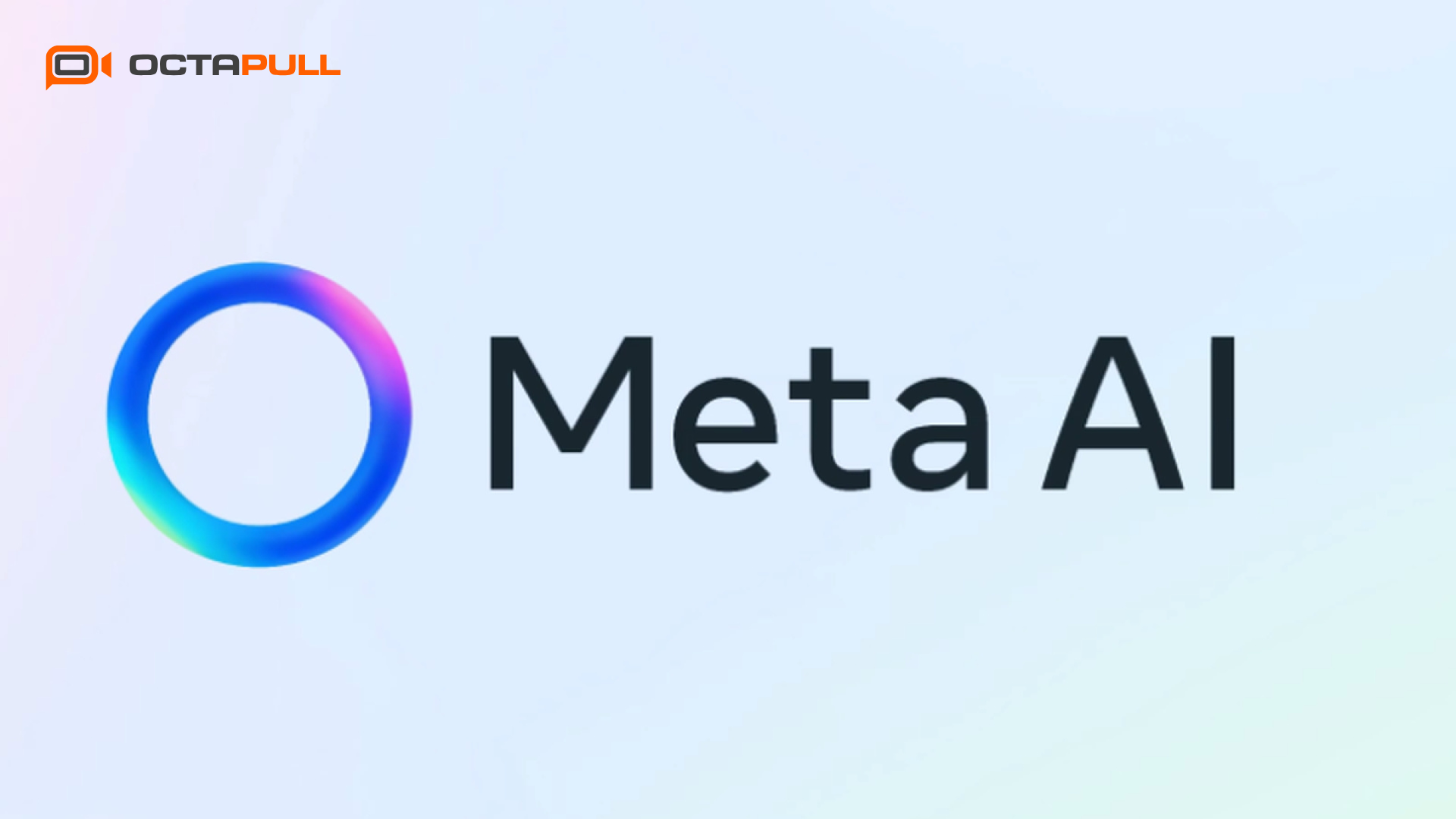Challenges and Solutions for Performance Management in Remote Work
As businesses increasingly adopt remote work, they face specific challenges in managing and evaluating employee performance.
Without the direct supervision and daily interactions of a traditional office, it becomes harder to monitor activities, provide feedback, and assess productivity. Organizations must adapt their performance management approaches to address these unique issues effectively.
For this reason, in this blog article, we will examine what performance management is, the challenges it faces, especially in remote working environments, and offer practical solutions to overcome these challenges.
Understanding Performance Management and Remote Work Environments
What is Performance Management?
Performance management is a systematic process that involves setting objectives, monitoring progress, providing feedback, and evaluating outcomes to enhance employee performance.
It aims to align individual goals with organizational objectives, fostering a culture of continuous improvement and accountability.
Effective performance management involves clear communication, task tracking and time management, regular feedback, and constructive support, enabling employees to achieve their full potential and contribute meaningfully to the organization's success.
The Remote Work Environment
Remote work, a term describing a work arrangement where employees perform their job duties from outside the traditional office setting, has become increasingly prevalent, especially in recent years.
This could involve working from home, a co-working space, or any location with internet connectivity.
The evolution of remote work has been transformative. Before the pandemic, remote work was steadily gaining traction due to advancements in technology and a growing emphasis on work-life balance.
The COVID-19 pandemic made remote work indispensable, as the necessity for social distancing accelerated its adoption across industries worldwide. In the post-pandemic era, the success of remote work during the crisis led many organizations to adopt hybrid or fully remote models as a permanent option.
A successful remote work culture offers various benefits. Employees enjoy greater flexibility, reduced commuting time, and increased job satisfaction, often resulting in a better work-life balance. However, it also presents unique challenges.
Maintaining productivity requires self-discipline and effective time management. Fostering communication can be difficult, leading to feelings of isolation and necessitating robust digital communication tools.
Additionally, managing performance becomes challenging, as it is harder to monitor progress and provide timely feedback.
Challenges of Performance Management in a Remote Work Environment
It would not be wrong to say that project management, which already has its challenges, has a more critical role, especially in the remote online working environment.
Time Management
One of the foremost challenges in a remote work environment is effective time management. Without the structure of a traditional office, employees may struggle with maintaining a consistent work schedule, leading to issues such as procrastination, extended working hours, or difficulty separating work from personal life.
These problems can result in decreased productivity and increased stress levels.
To address time management challenges, businesses can implement the following strategies:
- Set Clear Expectations: Establish clear working hours, deadlines, and productivity expectations. Communicate these guidelines explicitly to ensure everyone is on the same page.
- Use Time Management Tools: Leverage tools like time trackers, project management software, and calendar apps to help employees organize their tasks and monitor their progress.
- Promote Work-Life Balance: Encourage employees to take regular breaks, set boundaries, and maintain a healthy work-life balance to prevent burnout and sustain long-term productivity.
Communication Gaps
Effective communication is the backbone of successful performance management.
In a remote work environment, communication gaps can arise due to the lack of face-to-face interactions, leading to misunderstandings, delays in information sharing, and feelings of isolation among team members.
To bridge communication gaps, businesses can adopt the following practices:
- Utilize Communication Tools: Implement a mix of synchronous (video calls, instant messaging) and asynchronous (emails, project management platforms) communication tools to facilitate seamless information exchange.
- Regular Check-ins: Schedule regular one-on-one and team meetings to discuss progress, address concerns, and provide feedback. This ensures continuous engagement and alignment with organizational goals.
- Encourage Open Communication: Foster a culture of transparency and openness where employees feel comfortable sharing their thoughts and concerns. This can be achieved through regular surveys, feedback sessions, and an open-door policy.
Collaboration Challenges
Collaboration in a remote work environment can be challenging due to the physical separation of team members. This can lead to difficulties in coordinating tasks, sharing ideas, and maintaining a sense of teamwork, ultimately affecting overall performance.
To enhance collaboration in remote work settings, businesses can consider the following approaches:
- Collaborative Tools: Invest in collaboration tools like shared document platforms, virtual whiteboards, and team collaboration software to facilitate real-time collaboration and idea sharing.
- Team Building Activities: Organize virtual team-building activities to strengthen team bonds and promote a sense of camaraderie among remote workers.
- Clear Roles and Responsibilities: Define and communicate each team member's roles and responsibilities clearly to avoid confusion and ensure smooth collaboration.
Overcoming Performance Management Challenges: A Holistic Approach 
To effectively manage performance in a remote work environment, businesses need a comprehensive strategy that addresses various aspects of remote work. Here are key approaches to overcoming these challenges:
Implementing Technology Solutions
Using the right technology is crucial for effective performance management. Tools like performance management software, project management platforms, and communication apps can streamline processes, enhance transparency, and improve overall efficiency.
For example, a centralized performance management system can help track employee progress, set goals, and provide timely feedback, ensuring everyone stays aligned with organizational objectives.
Training and Development
Continuous training and development are vital to equip employees with the skills and knowledge needed to thrive in a remote work setting.
Regular training sessions on time management, effective communication, and collaboration tools can empower employees to overcome challenges and perform at their best. Additionally, providing access to online courses and resources can facilitate ongoing learning and professional growth.
Establishing a Strong Organizational Culture
A strong organizational culture is essential for successful performance management in a remote work environment. Businesses should strive to create a culture of trust, accountability, and support, where employees feel valued and motivated. This can be achieved through:
- Recognition and Rewards: Implementing programs to acknowledge employees' achievements and contributions, boosting morale and motivation.
- Regular Feedback: Providing constructive feedback regularly to help employees improve and develop their skills.
- Employee Engagement: Promoting engagement through virtual social events, team-building activities, and open communication channels.
Fostering Flexibility and Adaptability
Flexibility and adaptability are key to navigating performance management challenges in remote work. Businesses should be open to experimenting with different approaches and continuously refining their strategies based on feedback and changing circumstances.
This may involve adjusting work schedules, adopting new technologies, or revising performance metrics to better suit the remote work environment.
Encouraging Self-Motivation and Accountability
In a remote work setting, employees need to be self-motivated and accountable for their performance. Businesses can encourage this by:
- Setting Clear Goals: Establishing clear, achievable goals and performance metrics that align with organizational objectives.
- Autonomy and Empowerment: Providing employees with the autonomy to manage their tasks and make decisions, fostering a sense of ownership and responsibility.
- Regular Performance Reviews: Conducting regular reviews to assess progress, providing feedback, and identifying areas for improvement.
Supporting Employee Well-being
Employee well-being is critical to maintaining high-performance levels in a remote work environment. Businesses should prioritize employee health and well-being by:
- Promoting Work-Life Balance: Encouraging employees to take breaks, set boundaries, and maintain a healthy work-life balance.
- Mental Health Support: Providing access to mental health resources, such as counseling services and wellness programs, to support employees' mental and emotional well-being.
- Flexible Work Arrangements: Offering flexible work arrangements, such as flexible hours and remote work options, to accommodate employees' individual needs and preferences.
By adopting a holistic approach to performance management, businesses can create a supportive and productive remote work environment that helps employees thrive and achieve their full potential.
Differences Between Traditional and Remote Performance Management
Transitioning from traditional office-based performance management to remote performance management involves significant differences in approach and execution. Here’s how remote performance management differs and the challenges it entails:
1. Physical vs. Virtual Presence
Traditional: In a traditional office setting, managers can observe employees directly, fostering real-time feedback and interaction.
Remote: Managers must rely on digital tools and scheduled check-ins to monitor and provide feedback, which can lead to delays and occasional disconnects.
2. Communication Dynamics
Traditional: Face-to-face communication is the norm, allowing for spontaneous discussions and quick problem-solving.
Remote: Communication relies heavily on digital channels, which can lead to misinterpretations, delays, and reduced spontaneity.
3. Monitoring and Accountability
Traditional: Monitoring employee activity and productivity is often easier through direct supervision and physical presence.
Remote: Ensuring accountability requires trust-building, clear performance metrics, and reliable digital monitoring tools to track progress effectively.
4. Team Collaboration
Traditional: Teams collaborate in person, fostering a sense of camaraderie and enabling quick brainstorming sessions.
Remote: Collaborative efforts depend on digital platforms, requiring intentional efforts to maintain team cohesion and effective idea sharing.
Remote Performance Management
Performance management in a remote work environment presents unique challenges, but with the right strategies and tools, businesses can overcome these hurdles and achieve success.
By addressing issues such as time management, communication gaps, and collaboration challenges, and implementing solutions like technology adoption, training and development, strong organizational culture, flexibility, and employee well-being support, businesses can create a productive and thriving remote work environment.
As the landscape of work continues to evolve, businesses must remain agile remote team management and adaptable, continuously refining their performance management practices to meet the changing needs of their workforce.
By doing so, they can ensure sustained productivity, employee satisfaction, and overall organizational success in the remote work era.
Enhance Your Remote Team Management with OctaMeet
To further streamline your remote team management and digital collaboration, consider incorporating OctaMeet into your toolkit.
OctaMeet supports both individual and corporate users in transitioning their remote work and sales processes to digital platforms, ensuring a seamless digital transformation journey.
With features designed to optimize virtual communication and collaboration, OctaMeet can help you implement and manage effective online sessions, leading to higher levels of performance and satisfaction for your remote teams.
By integrating OctaMeet, you can take full advantage of its capabilities to enhance your remote team's operations, making them more dynamic, connected, and efficient.
Key Features of OctaMeet:
- Seamless and High-Quality Video Conferencing: Experience crystal-clear video and audio quality for smooth and professional meetings, essential for maintaining engagement and effective communication.
- Accessibility Across Devices: Access OctaMeet from mobile and web applications, allowing all team members to participate regardless of their location or device, promoting inclusivity and convenience.
- Flexible and Affordable Payment Plans: Choose from various payment plans with no long-term commitments, scaling your use of virtual sessions to adapt to changing team sizes and budgets.
Advanced Features for Virtual Sessions:
- Calendar Integrations: Stay organized with iCalendar, Outlook, and Google Calendar integrations to ensure seamless scheduling.
- Webinar Module: Easily create and customize webinars, managing all details from a single module.
- File Sharing: Effortlessly share presentations, reports, and documents to enhance collaborative efforts.
- Screen Sharing & Whiteboard: Collaborate effectively with screen sharing and interactive whiteboard features for brainstorming sessions.
- In-App Messaging: Maintain seamless communication with team members outside of meetings with the in-app chat module.
- Meeting Rooms: Simplify routine team meetings with one-click access to meeting rooms, enhancing the overall video conferencing experience.
Optimize your virtual sessions with OctaMeet's user-friendly interface and comprehensive tools, including whiteboard and polling features that ensure interactive and engaging sessions.
By integrating OctaMeet into your remote work strategy, you can enhance communication, boost motivation, and improve overall team performance, making it an essential tool for effective remote team management.
Explore how OctaMeet can transform your virtual collaboration and elevate your remote team management. Start your digital transformation journey and sign up to OctaMeet with a 30-day trial to experience the difference firsthand, or schedule a demo meeting with our product team to explore application and licensing details.






